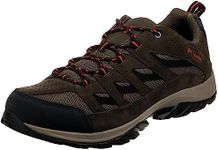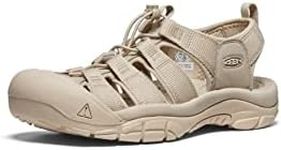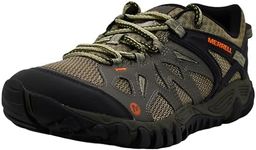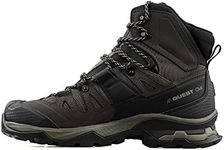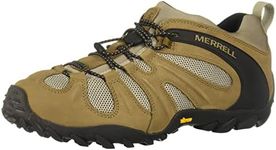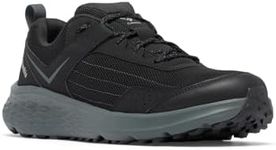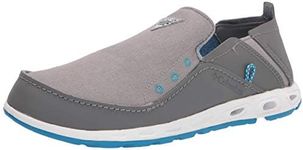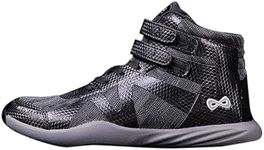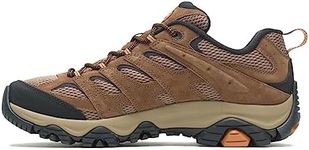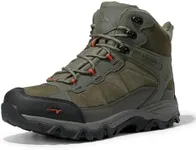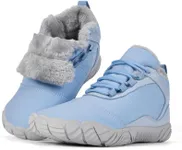Buying Guide for the Best Safari Shoes
Choosing the right safari shoes is crucial for ensuring comfort, safety, and enjoyment during your safari adventure. The right pair of shoes will protect your feet from rough terrain, provide support during long walks, and keep you comfortable in varying weather conditions. Here are some key specifications to consider when selecting safari shoes and how to choose the best fit for your needs.MaterialThe material of safari shoes is important because it affects durability, breathability, and comfort. Common materials include leather, synthetic fabrics, and mesh. Leather is durable and offers good protection but can be less breathable. Synthetic fabrics are lightweight and often more breathable but may not be as durable. Mesh materials provide excellent breathability, making them ideal for hot climates, but they may not offer as much protection. Choose a material based on the climate you'll be in and the level of protection you need.
SoleThe sole of the shoe determines the level of traction and support you will have. A thick, rugged sole with deep treads is ideal for rough, uneven terrain as it provides better grip and stability. A thinner sole with less aggressive treads may be suitable for smoother paths and shorter walks. Consider the type of terrain you will be encountering on your safari and choose a sole that offers the appropriate level of traction and support.
Water ResistanceWater resistance is an important feature if you expect to encounter wet conditions or need to cross streams. Water-resistant shoes will keep your feet dry and comfortable, preventing blisters and other issues. Fully waterproof shoes are ideal for very wet conditions but may be less breathable. Water-resistant shoes offer a balance between protection and breathability. Consider the likelihood of encountering water and choose accordingly.
WeightThe weight of the shoes can impact your comfort and endurance during long walks. Lightweight shoes are easier to walk in and can reduce fatigue, making them ideal for long treks. However, they may offer less protection and support. Heavier shoes often provide more support and protection but can be tiring to wear for extended periods. Think about the length and difficulty of your walks and choose a weight that balances comfort and protection.
Fit and ComfortA good fit is essential for comfort and preventing blisters. Safari shoes should fit snugly but not too tight, allowing for some movement without causing friction. Look for shoes with good arch support and cushioning to provide comfort during long walks. It's also important to break in your shoes before your safari to ensure they are comfortable and do not cause any issues. Try on different sizes and styles to find the best fit for your feet.
BreathabilityBreathability is crucial for keeping your feet cool and dry, especially in hot climates. Shoes with good ventilation, such as those made with mesh or breathable fabrics, allow air to circulate and help prevent sweating. This can reduce the risk of blisters and other foot problems. If you are going to be in a hot environment, prioritize breathability to ensure your feet stay comfortable.

